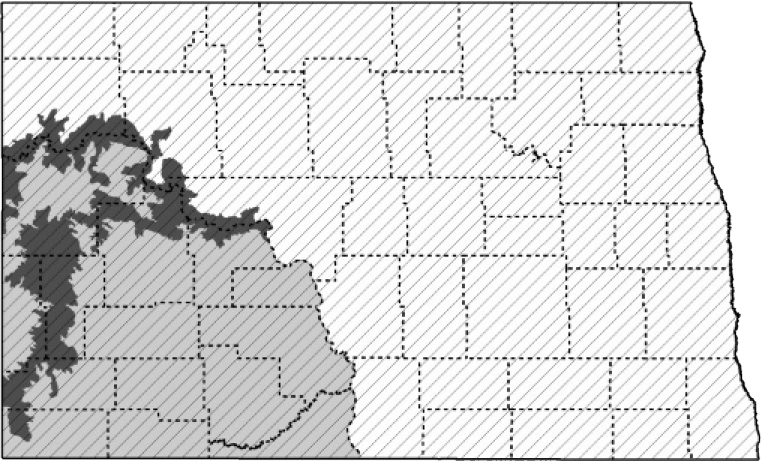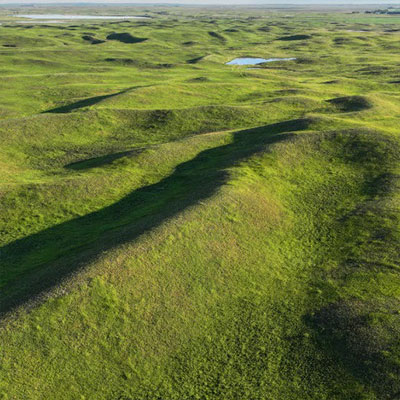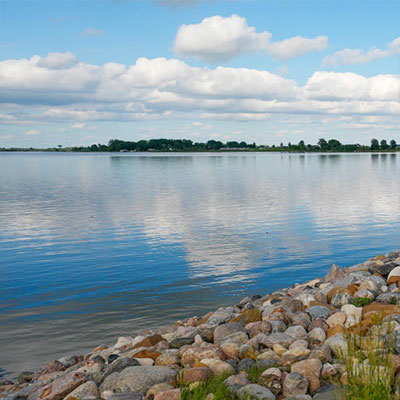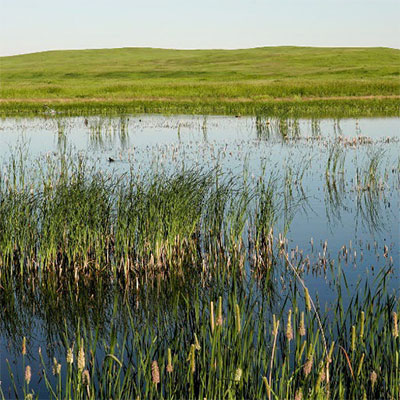Prairie Falcon
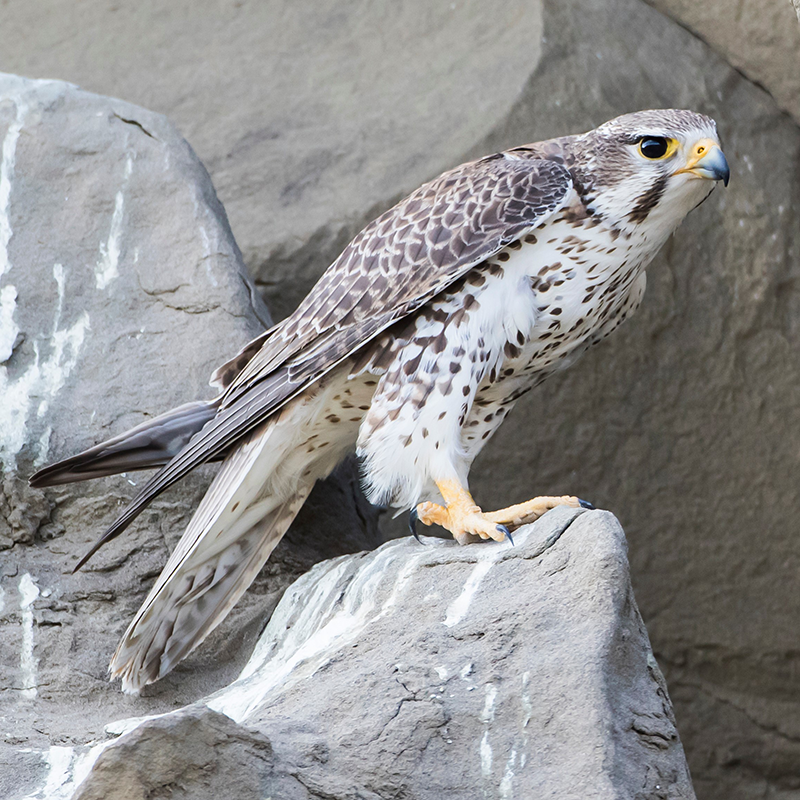
Adobe Stock
L 16”, WS 40”, 1.6lb. Brown overall, sports a thin dark “mustache” and a white breast speckled with brown spots.
Status in North Dakota
Year-round, some migratory. Peak breeding season April to July.
Reason for SWAP Designation
Regionally or globally imperiled (SGCN a.).
ND ranks 14th out of 16 states for highest percent of the global population during the breeding season (eBird).
The Prairie Falcon may be stable in ND but is slightly declining in other parts of the western range.
Threats
Loss of grasslands and shrubland, habitat modification.
Destruction or degradation of native prairie resulting in the loss of foraging habitat or prey species may impact populations.
Human disturbance may be a potential factor resulting in nest failure.
Nests closer to roads and easily accessed or disturbed by human activities have resulted in less success.
Classified as climate-endangered, Prairie Falcon is projected to lose more than half of its current distribution by 2050, with no net gains of new areas (Audubon).
Collisions with vehicles, overhead lines, wind turbines or other structures, and electrocution.
Poaching is rare but is a senseless cause of mortality.
Research and Monitoring
Habitat requirements and demographic studies have been broadly researched on the breeding grounds.
Additional information is needed on migration and wintering behaviors.
The Breeding Bird Survey, eBird and Partners in Flight Databases are key sources of information on distribution and population trends.
Management Recommendations
- Protect and conserve intact tracks of native prairie/unbroken grassland.
- Preserve ground squirrel colonies and habitats near falcon nest sites.
- Minimize activity within 0.5 mile of active aeries from April through August.
- Follow beneficial or best practices during the design, siting, construction, operation, and maintenance of tall structures (e.g. transmission lines, communication towers, wind turbines).
- Use avian protection plans or guidance documents to minimize bird/powerline interactions.

